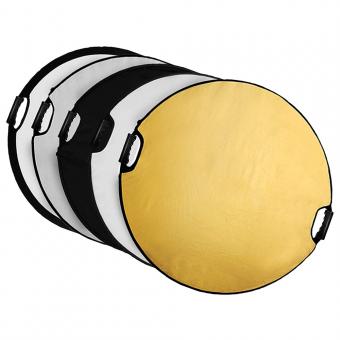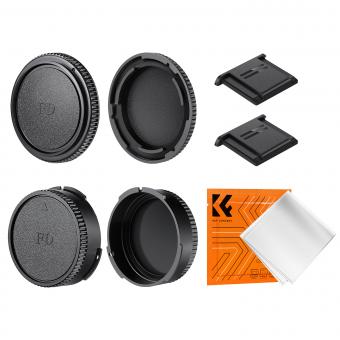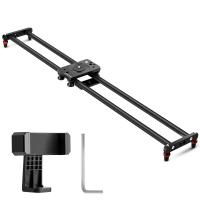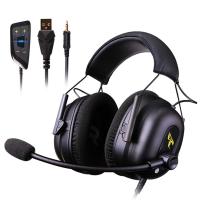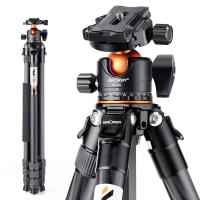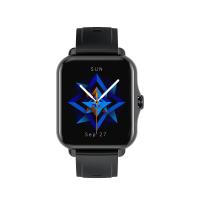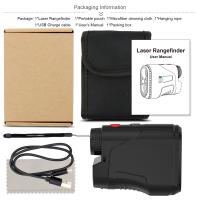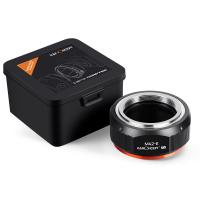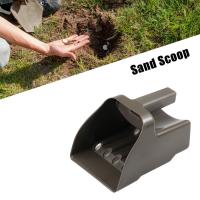What Kind Of Binoculars Should I Get?
The type of binoculars you should get depends on your specific needs and intended use. Consider factors such as magnification, objective lens size, field of view, and durability when making your decision. It's also important to think about whether you'll be using the binoculars for activities like birdwatching, stargazing, or hunting, as this can impact the features you'll want in your binoculars. Researching different brands and reading reviews can also help you make an informed choice.
1、 Magnification and Objective Lens Size

When considering what kind of binoculars to get, it's important to think about both magnification and objective lens size. Magnification refers to how much closer the binoculars can make an object appear, while the objective lens size determines how much light the binoculars can gather.
For general use, a magnification of 8x or 10x is usually recommended. Higher magnification can make the image shakier and harder to keep steady, especially without a tripod. As for the objective lens size, a larger lens can gather more light, resulting in a brighter image, especially in low-light conditions. A 42mm objective lens is a good balance between light-gathering ability and portability.
However, the latest point of view in binocular technology suggests that there is a growing trend towards compact and lightweight binoculars with lower magnification and smaller objective lens size. This is due to advancements in lens and coating technology, which allow for brighter and clearer images even with smaller lenses. Additionally, compact binoculars are more convenient for travel and outdoor activities.
Ultimately, the best binoculars for you will depend on your specific needs and preferences. Consider factors such as intended use, portability, and budget when making your decision.
2、 Prism Type
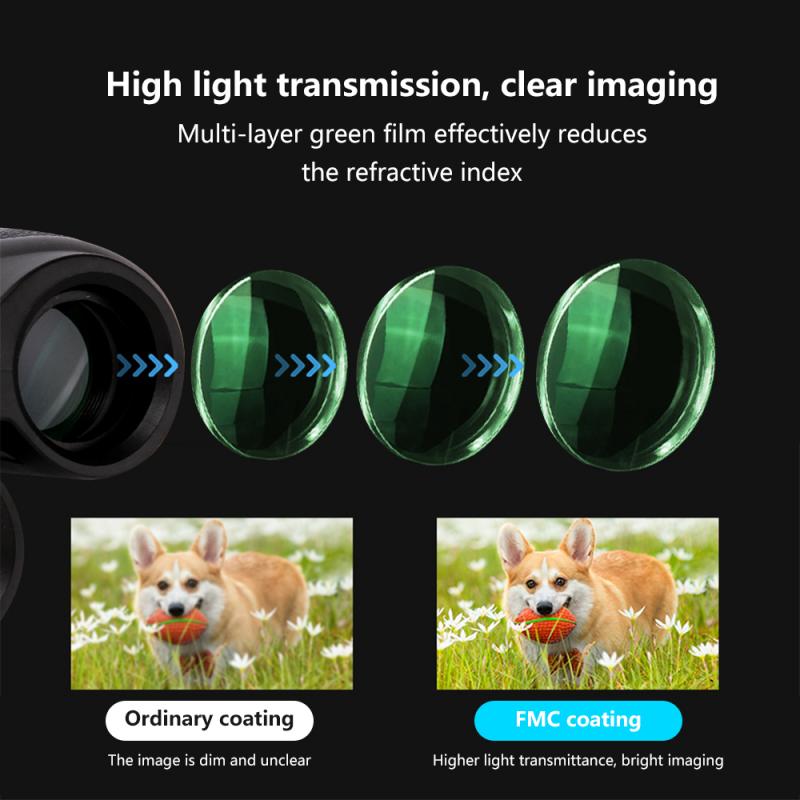
What kind of binoculars should I get? When it comes to the prism type, there are two main options: roof prisms and Porro prisms. Roof prisms are more compact and have a straight barrel design, making them easier to handle and carry. They are also more durable and often waterproof, making them suitable for outdoor activities such as birdwatching and hiking. On the other hand, Porro prisms provide better depth perception and a wider field of view, making them ideal for activities such as stargazing and wildlife observation.
In terms of the latest point of view, there has been a trend towards roof prism binoculars due to their compact and durable design. With advancements in technology, roof prism binoculars now offer high-quality optics and image clarity, making them a popular choice among outdoor enthusiasts and nature lovers. Additionally, many roof prism binoculars now come with features such as phase-corrected prisms and dielectric coatings, which enhance light transmission and improve image quality.
Ultimately, the type of prism you choose should depend on your specific needs and preferences. If you prioritize portability and durability, a roof prism binocular may be the best option for you. However, if you value a wider field of view and better depth perception, a Porro prism binocular might be more suitable. Consider your intended use and budget when making your decision, and don't hesitate to seek advice from experts or read reviews to find the best prism type for your needs.
3、 Field of View
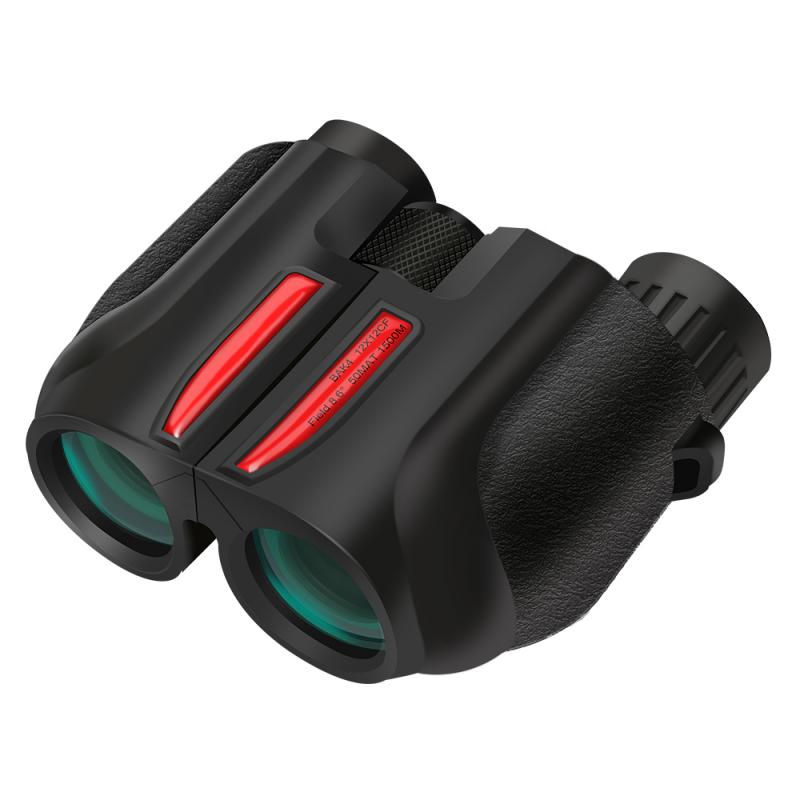
"What kind of binoculars should I get" is a common question among those looking to purchase a new pair of binoculars. When considering the field of view, it's important to understand that a wider field of view allows you to see more of the surrounding area, making it easier to locate and track objects. A wider field of view is particularly useful for activities such as birdwatching, wildlife observation, and sports events, where you want to capture a broader view of the action.
In terms of the latest point of view, there has been a growing trend towards binoculars with wider fields of view, as advancements in optics and lens technology have made it possible to achieve wider fields of view without sacrificing image quality. Many manufacturers are now offering binoculars with wider fields of view, catering to the needs of outdoor enthusiasts and nature observers.
When choosing binoculars based on field of view, it's important to consider your specific needs and use case. For activities such as birdwatching or wildlife observation, a wider field of view can greatly enhance the overall experience by providing a more immersive and detailed view of the surrounding environment. On the other hand, for activities such as stargazing or long-distance viewing, a narrower field of view may be more suitable for focusing on specific celestial objects or distant landscapes.
Ultimately, the best binoculars for you will depend on your individual preferences and the specific activities you plan to use them for. It's always recommended to try out different binoculars in person, if possible, to see which field of view best suits your needs and provides the most enjoyable viewing experience.
4、 Lens Coating
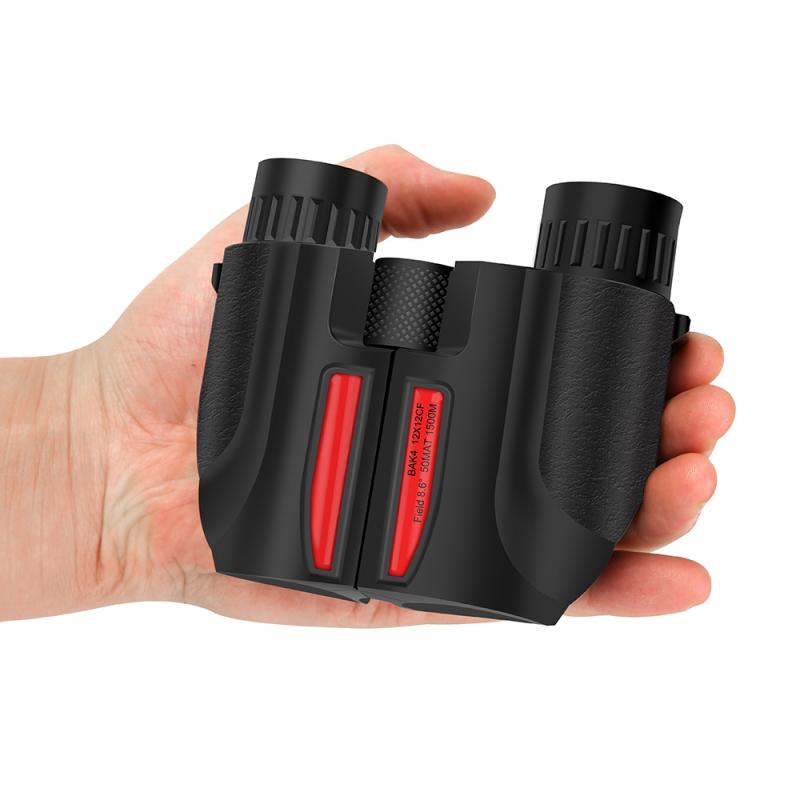
When considering what kind of binoculars to get, it's important to take into account the lens coating. Lens coating is a crucial factor in determining the performance and quality of binoculars. There are several types of lens coatings, each offering different benefits and drawbacks.
The latest point of view on lens coating suggests that fully multi-coated lenses are the most effective in terms of light transmission and image clarity. This type of coating minimizes glare and reflections, resulting in a brighter and sharper image. Fully multi-coated lenses also provide better color fidelity and contrast, making them ideal for various outdoor activities such as birdwatching, hunting, and stargazing.
Another important consideration is the anti-reflective coating, which helps to reduce glare and improve low-light performance. This is particularly beneficial for dawn or dusk observations, as well as for use in dense foliage or shaded areas.
In addition, phase-corrected coatings on the prisms can enhance image resolution and contrast, particularly in high-end binoculars. This type of coating is especially valuable for serious birders and wildlife enthusiasts who demand the highest level of optical performance.
Ultimately, the best lens coating for you will depend on your specific needs and budget. If you're looking for top-tier performance, fully multi-coated lenses with additional anti-reflective and phase-corrected coatings are the way to go. However, if you're on a tighter budget, even a basic multi-coated lens can provide satisfactory performance for casual use.









